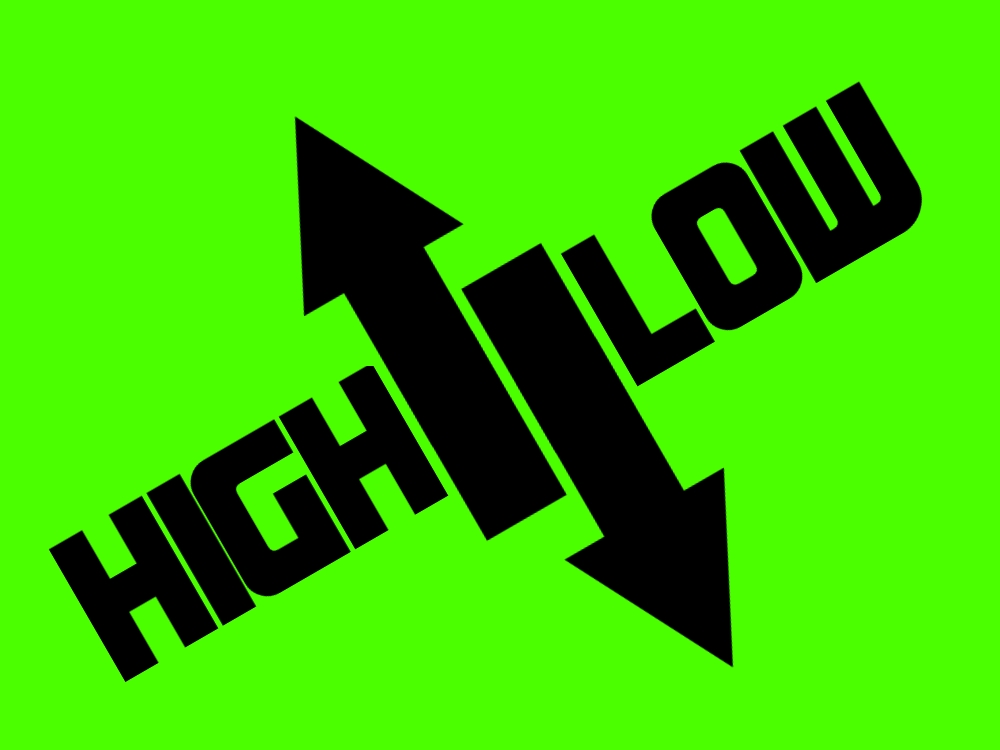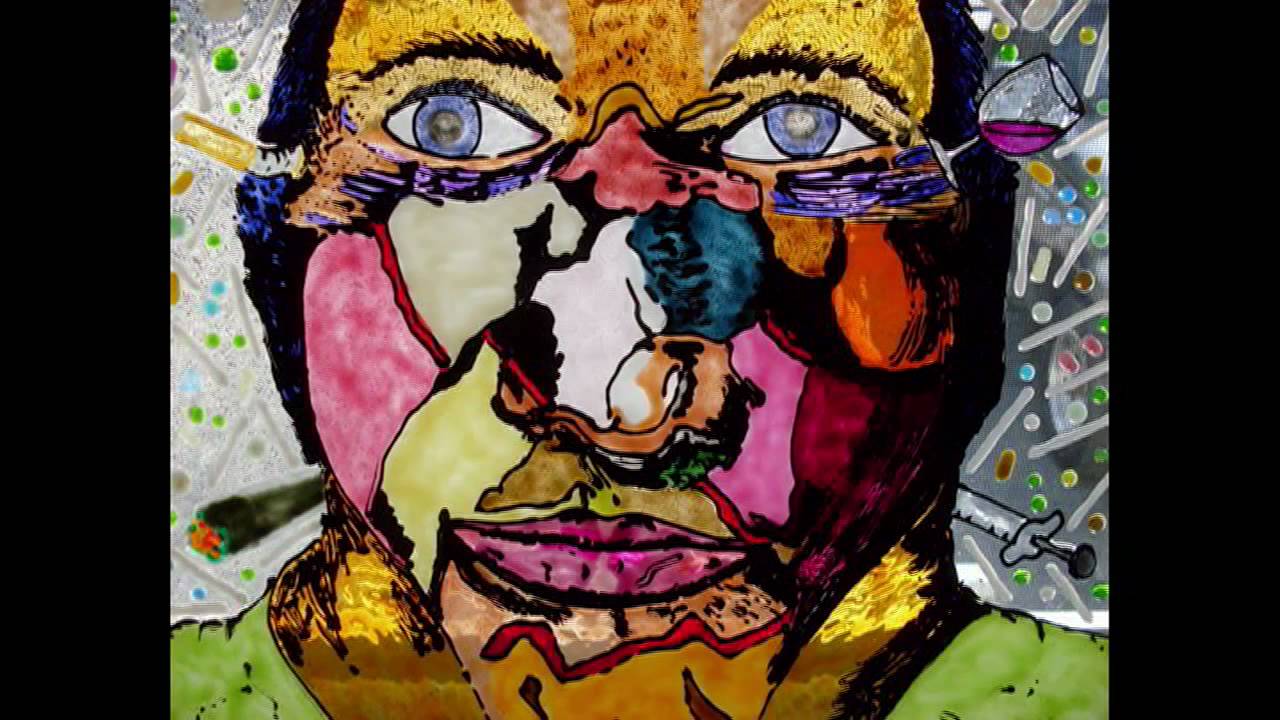Music has the power to inspire, heal, and connect people, but behind the glamour and artistry, the industry has long struggled with substance abuse. From rock and roll legends to hip-hop icons, countless musicians have battled addiction, often with tragic consequences. The link between music and substance abuse is complex, shaped by personal struggles, industry pressures, and cultural expectations.
The Pressure of Fame and Creativity
Musicians often face immense pressure to perform, create, and maintain their public image. The demands of touring, long hours in the studio, and the expectations of fans and record labels can lead to overwhelming stress. To cope, many artists turn to drugs and alcohol, seeking relief from anxiety, exhaustion, and the weight of public scrutiny. Unfortunately, this often leads to dependency and addiction.
The pursuit of creative inspiration also plays a role. Many musicians believe that substances enhance their creativity, helping them tap into emotions and experiences they might otherwise struggle to access. While some may find temporary inspiration, addiction eventually hinders artistic expression, leading to physical and mental decline.
The Culture of Substance Use in Music
Music history is filled with stories of artists whose careers were marred by substance abuse. The “sex, drugs, and rock & roll” lifestyle became a defining characteristic of the music scene, particularly in the 1960s and 1970s. Drugs were often glamorized, seen as part of the creative process or a rite of passage for musicians seeking authenticity and rebellion.
In modern music, references to substance use are still prevalent, particularly in hip-hop, rock, and electronic music. Lyrics often celebrate drug culture, normalizing its presence in the industry and influencing young audiences. This cultural reinforcement makes it difficult for musicians to break free from addiction, as drug use is not only accepted but sometimes even expected.
The Toll of Addiction on Artists
Substance abuse has claimed the lives of many legendary musicians, including Jimi Hendrix, Janis Joplin, Kurt Cobain, and Amy Winehouse. The cycle of addiction often leads to health problems, legal issues, and damaged relationships, ultimately cutting careers short and leaving behind a trail of devastation.
Even for those who survive, addiction can take a heavy toll. Many artists struggle with financial ruin, deteriorating mental health, and a loss of creative passion. The impact extends beyond the individual, affecting families, fans, and the broader music community.
Recovery and Hope
Despite these challenges, many musicians have overcome addiction and found new ways to thrive. Artists like Elton John, Eminem, and Demi Lovato have spoken openly about their struggles and recovery, inspiring others to seek help. Rehabilitation programs tailored for musicians, such as MusiCares and Recovery Unplugged, provide crucial support and resources for those battling substance abuse.
Conclusion
The connection between music and substance abuse is deeply rooted in industry culture, personal struggles, and societal expectations. However, change is possible. By promoting mental health awareness, offering support systems, and challenging the glorification of drug use, the music industry can help artists create and perform without sacrificing their well-being. The high notes of success should not have to come with the low lows of addiction.

